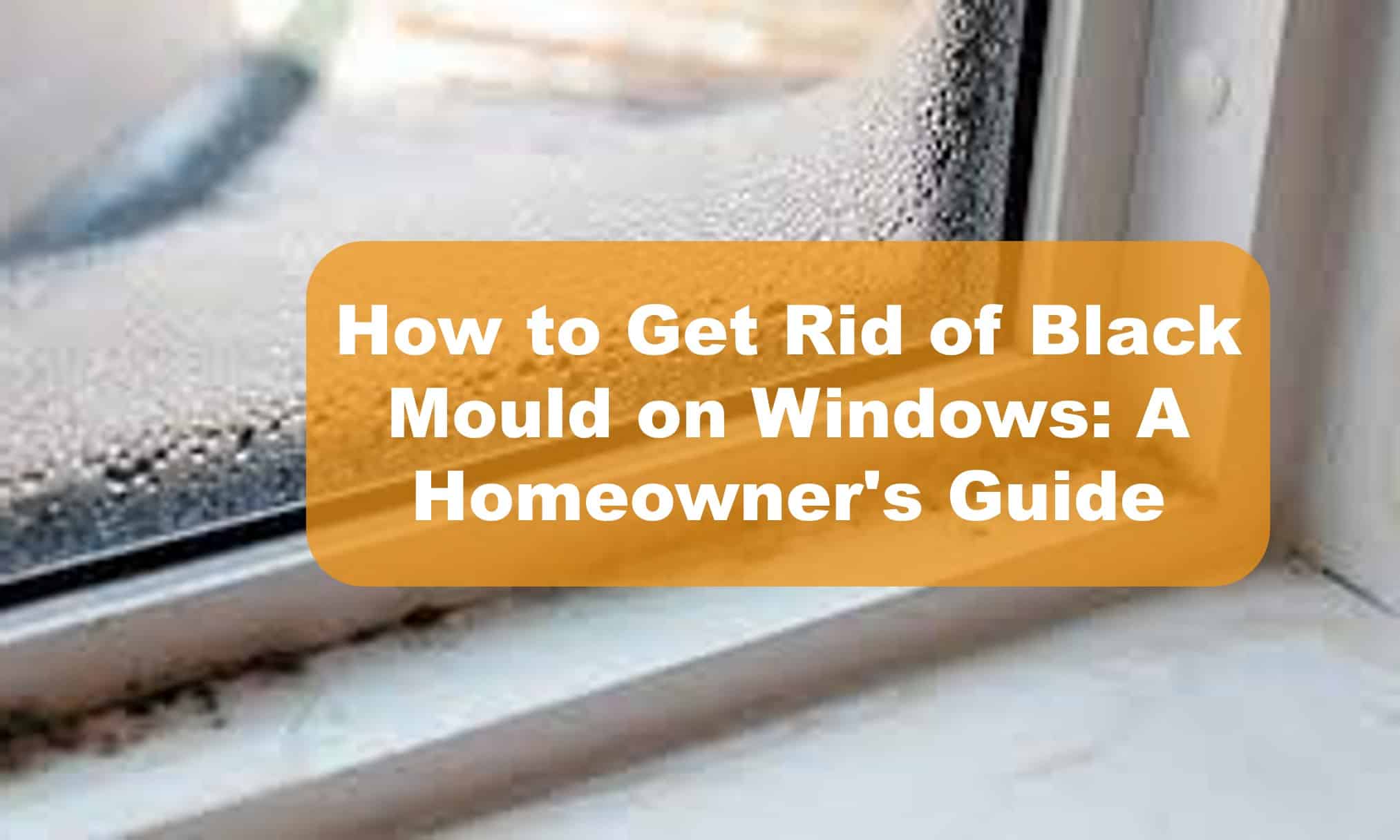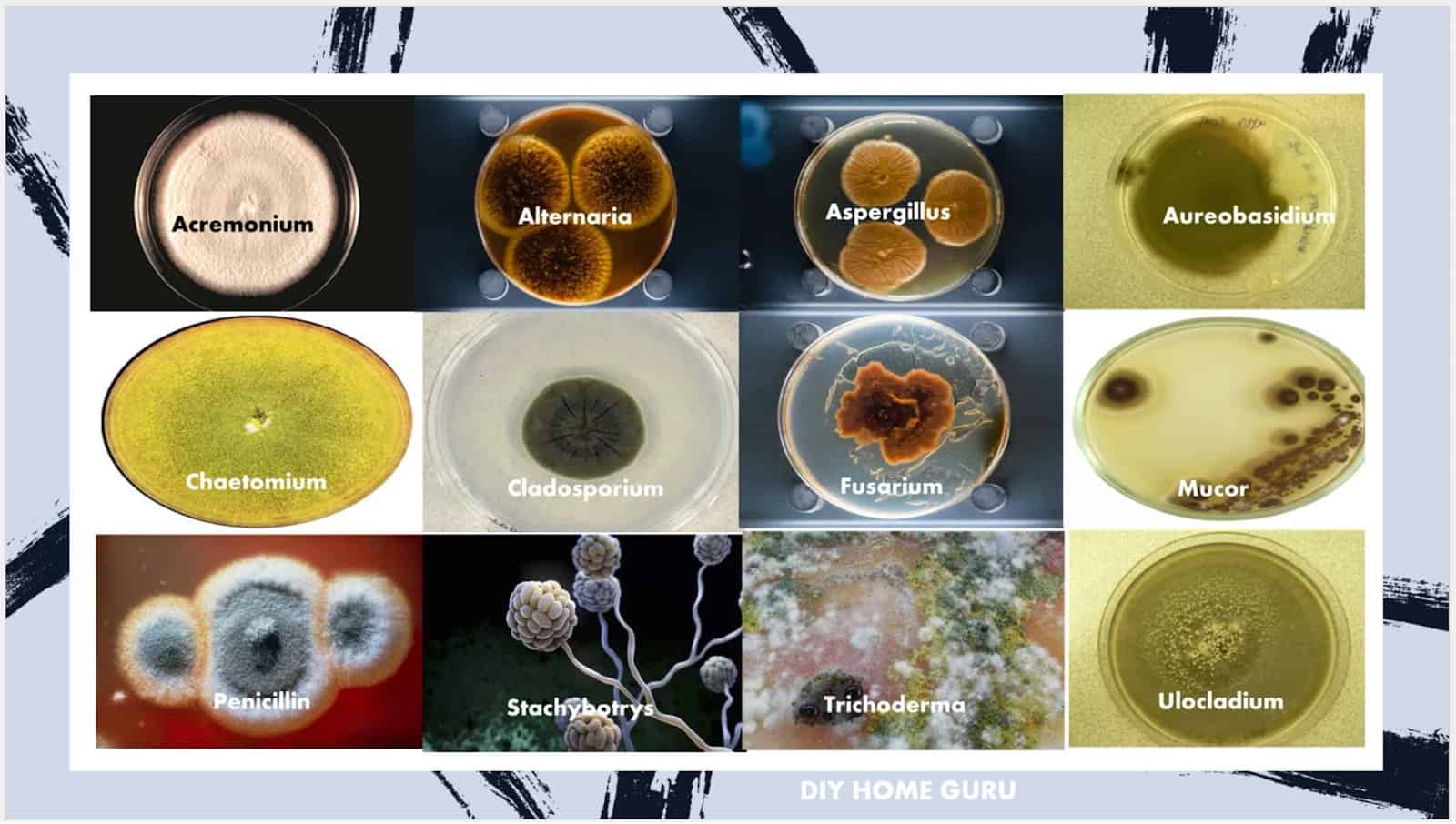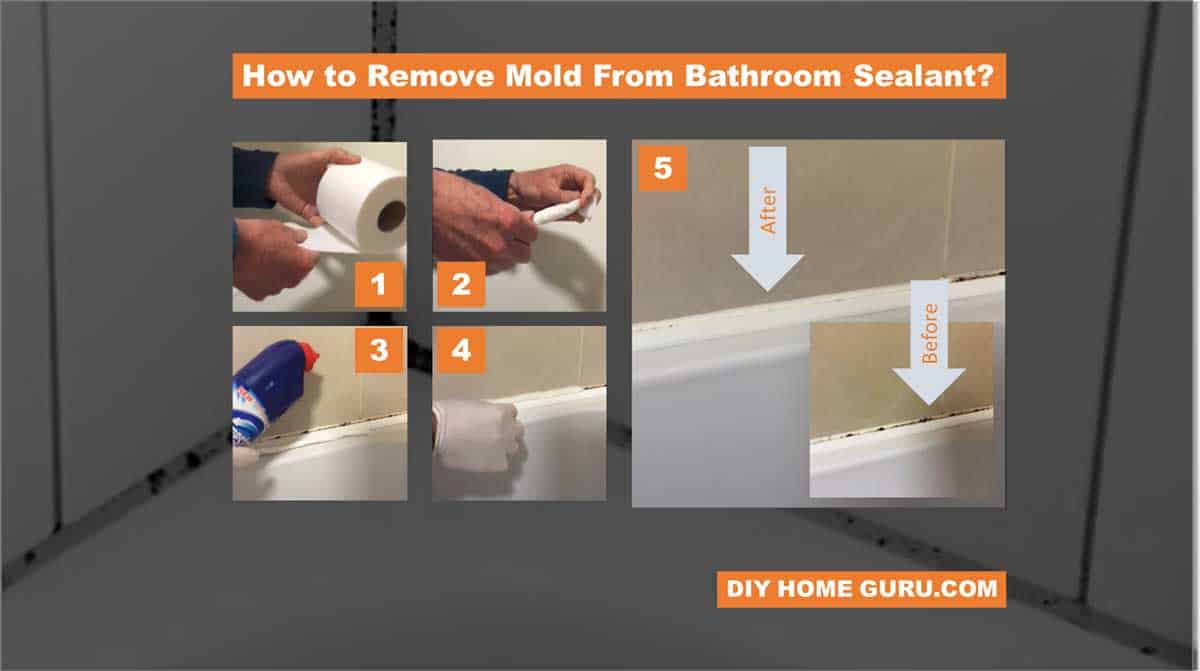The basement, being a typical damp and dark space, is often a prime location for mould growth. Understanding how to prevent and combat this issue is essential for any homeowner.
Let’s delve into the prevention and elimination of mould in your basement.
Why is the Basement Prone to Mould?
Basements often have:
- Limited Ventilation: This results in stale air and increased humidity.
- Moisture Entry Points: Cracks in the foundation or walls, poor drainage, and flooding can introduce water.
- Cold Surfaces: Leading to condensation when warm air meets these cold areas.
Prevention is Key:
1. Manage Humidity:
- Use a dehumidifier to maintain a humidity level below 50%.
- Ventilate your basement regularly. Open windows or use fans to circulate air.
2. Improve Drainage:
- Ensure your home’s gutters and downspouts direct water away from the foundation.
- Landscape your yard to slope away from your house.
3. Waterproof Your Basement:
- Seal any cracks or gaps in your foundation and walls.
- Consider applying a waterproofing paint or sealant to basement walls.
- If flooding is a frequent problem, look into a sump pump system.
4. Insulate Pipes:
Cold water pipes can cause condensation, so insulate them to prevent water droplets from forming and dripping.
5. Store Items Wisely:
- Avoid storing cardboard boxes and wood directly on the basement floor.
- Use plastic containers and shelving to keep items off the ground.
How to Get Rid of Mould:
1. Safety First:
- Wear a mask (N95 or better), gloves, and eye protection.
- Ensure good ventilation while working.
2. Determine the Extent:
For larger infestations (covering more than 10 square feet), consider hiring a mould remediation professional.
3. Cleaning Supplies:
- A detergent solution (avoid using bleach unless the mould is on a non-porous surface, as bleach doesn’t prevent mould regrowth on porous materials).
- Scrub brush.
- Spray bottle.
- Plastic bags for disposal.
4. The Cleaning Process:
- Clean the mouldy area with the detergent solution using a scrub brush. Ensure you’re scrubbing away all visible mould.
- Wipe the area clean with water. Avoid over-saturating the area.
- Dry the area thoroughly. Use fans or dehumidifiers to aid in the drying process.
5. Discard Affected Materials:
If mould has infested porous materials like carpeting, insulation, or drywall, it may be best to discard and replace these materials.
6. Check Behind Walls:
Mould often grows behind drywall in basements. If you suspect this, you might need to cut an inspection hole or consult a professional.
In Conclusion:
Mould in your basement isn’t just unsightly; it can be a health hazard. Prevention is the most effective strategy, but if mould does appear, addressing it quickly and thoroughly is crucial.
If you’re ever unsure about the extent of mould growth or how to handle it, it’s always wise to consult with a professional. Your home’s health, and yours, is worth the effort!




